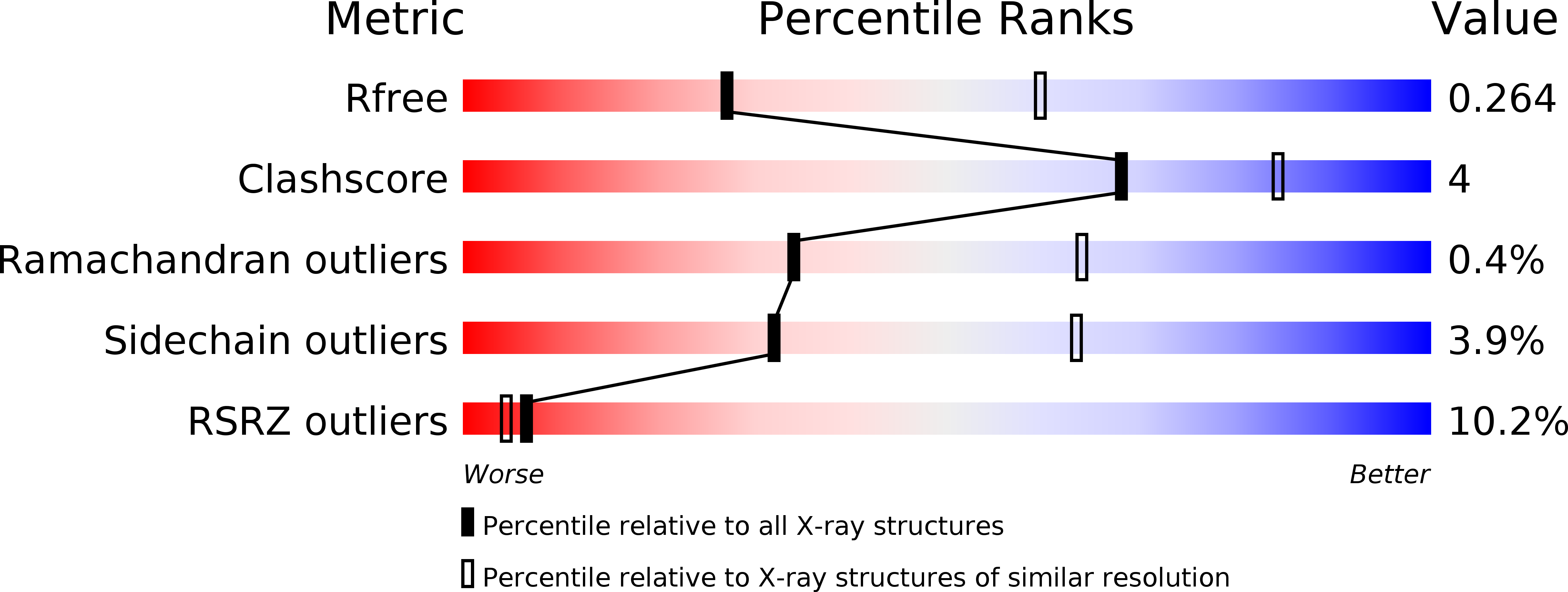
Deposition Date
2009-10-28
Release Date
2010-01-19
Last Version Date
2024-10-09
Entry Detail
PDB ID:
3KG7
Keywords:
Title:
Dehydratase domain from CurH module of Curacin polyketide synthase
Biological Source:
Source Organism:
Lyngbya majuscula (Taxon ID: 158786)
Host Organism:
Method Details:
Experimental Method:
Resolution:
2.77 Å
R-Value Free:
0.26
R-Value Work:
0.20
R-Value Observed:
0.20
Space Group:
P 1 21 1


